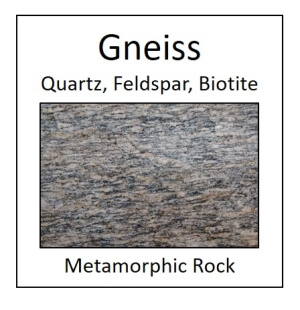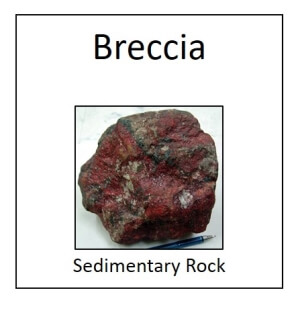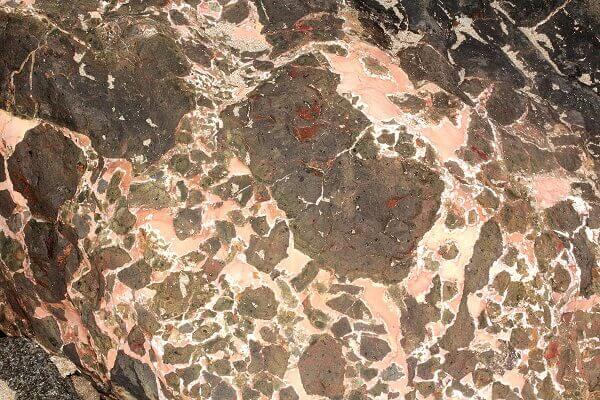 Rocks and Minerals
Rocks and Minerals
Rocks and Minerals
Rocks and Minerals




 Rocks and Minerals
Rocks and Minerals
Rocks and Minerals
Rocks and Minerals

Study the lesson for one week.
Over the week:



Interesting Facts


Activity 1: Narrate the Lesson
Activity 2: Map the Lesson

Activity 3: Take a Nature Walk
Activity 4: Complete a Field Book Entry

After your nature walk, complete page 6 in 'Fifth Grade Science Rocks and Minerals Notebook Pages.'